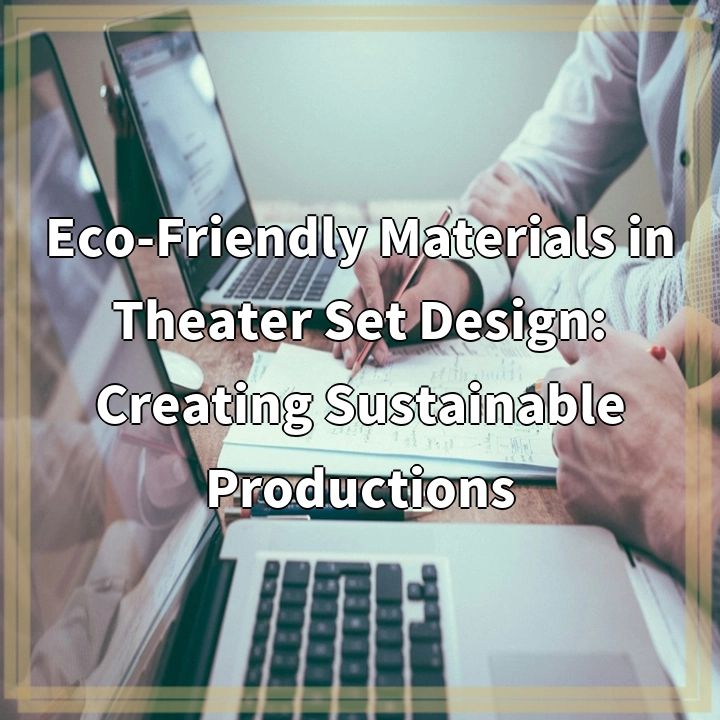
What it is:
The use of eco-friendly materials in theater set design is an approach aimed at creating sustainable productions. This means incorporating materials and techniques that have a minimal negative impact on the environment throughout the life cycle of a theater production. From the initial design phase to the construction, use, and disposal of sets, the goal is to minimize resource consumption, reduce waste, and minimize the carbon footprint associated with theatrical productions.
Real-World Problems:
Theater set design has traditionally relied on the use of materials that contribute to environmental degradation. For example, the use of non-recyclable, single-use materials such as foam, plastics, and non-biodegradable paints can result in significant waste generation. These materials often end up in landfills, contributing to pollution and the depletion of natural resources. Additionally, the high energy consumption associated with the production and transportation of materials can contribute to greenhouse gas emissions and climate change.

Solutions for Eco-Friendly Materials in Theater Set Design:
There are several solutions available to address the environmental impact of theater set design and create more sustainable productions. By adopting these solutions, theater companies can contribute to a greener and more eco-friendly industry.
1. Material Selection:
Choosing environmentally friendly and sustainable materials is key to reducing the ecological footprint of theater sets. Consider using recycled materials, such as reclaimed wood, and natural materials like bamboo, cork, or organic fabrics. Opt for water-based or low-VOC paints that are less harmful to the environment and health. Additionally, explore innovative materials like bioplastics made from renewable resources.
2. Reusability and Recyclability:
Design sets with reusability in mind to minimize waste generation. Construct modular sets that can be easily disassembled and reused for future productions. Ensure that materials used are recyclable or can be easily repurposed after their lifespan in the theater. Implement proper waste management systems to facilitate recycling and responsible disposal.
3. Collaboration and Sharing:
Encourage collaboration and resource sharing within the theater community. Instead of each theater company independently creating new sets, consider sharing existing sets or borrowing materials to reduce material consumption. This can be facilitated through networks and associations that promote sustainable practices in the industry.
4. Education and Awareness:
Raise awareness among theater professionals, staff, and audiences about the environmental impact of set design. Educate them about the benefits and feasibility of eco-friendly materials and practices. Engage with the theater community through workshops, seminars, and online platforms to share knowledge, experiences, and best practices for creating sustainable productions.
5. Creative Alternatives:
Encourage creativity in set design by exploring alternative approaches that minimize material use. Embrace minimalist design principles and utilize technology wherever possible, such as projection mapping or virtual sets, to reduce the need for physical props and set pieces. This allows for more flexibility, adaptability, and sustainability in theater productions.















